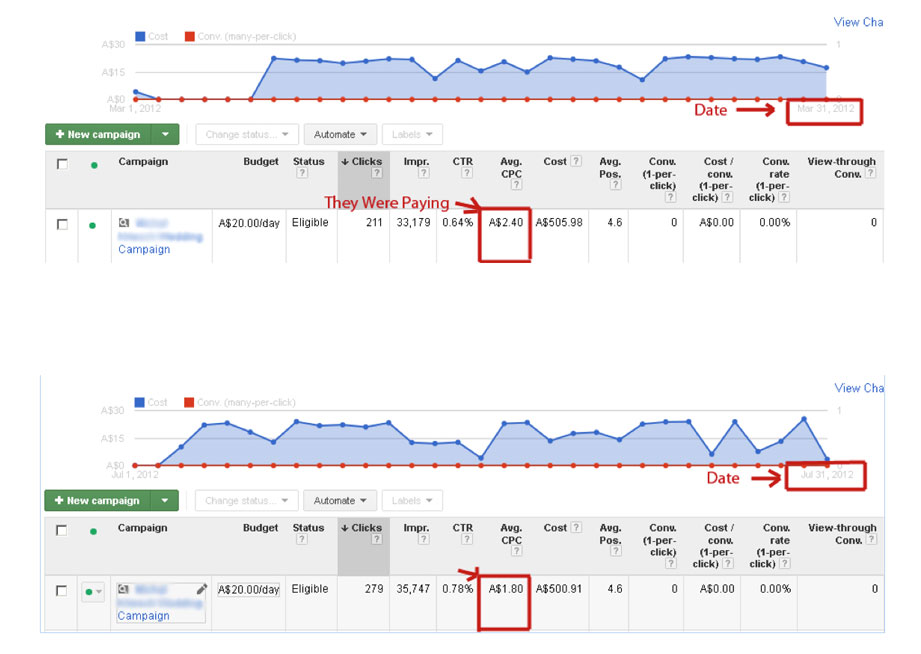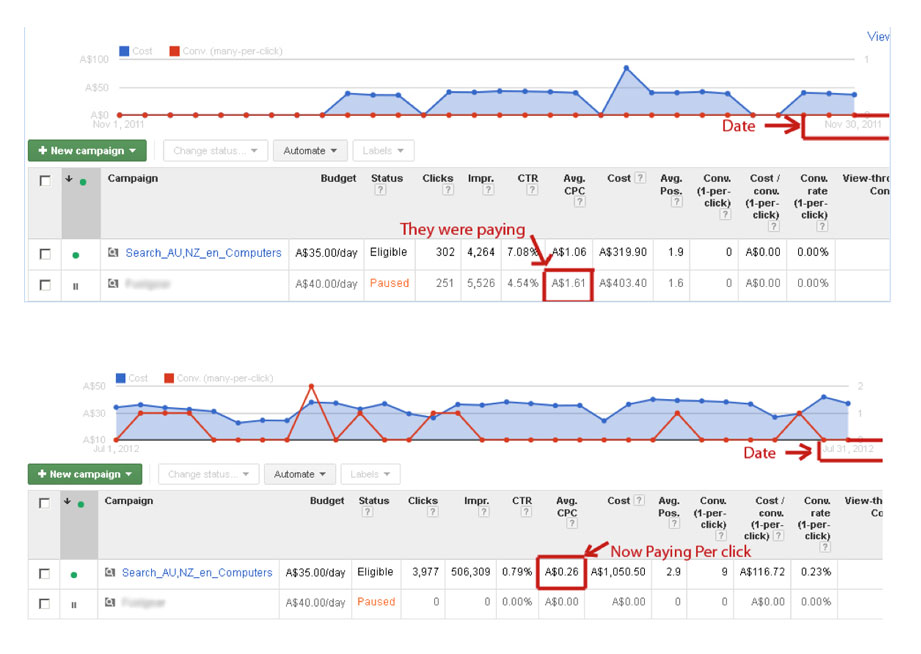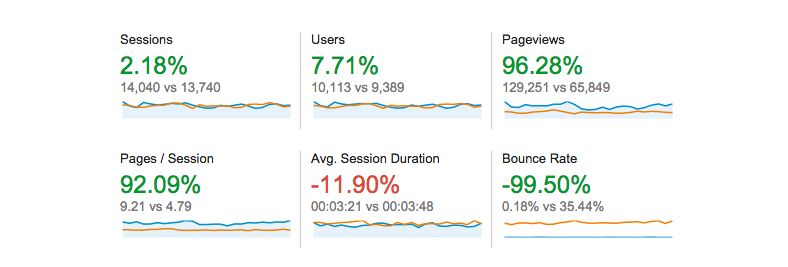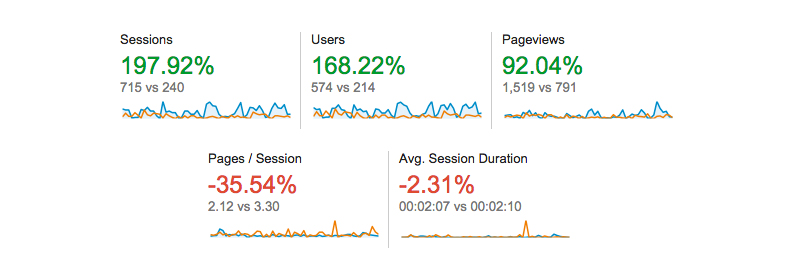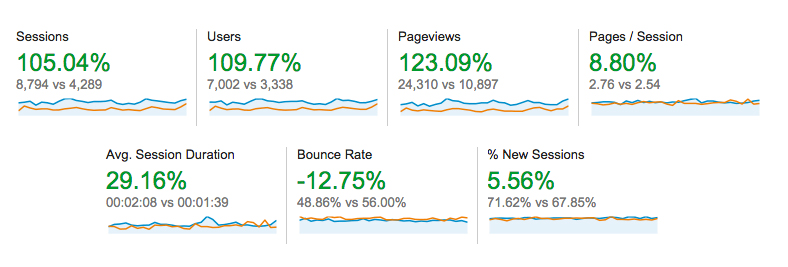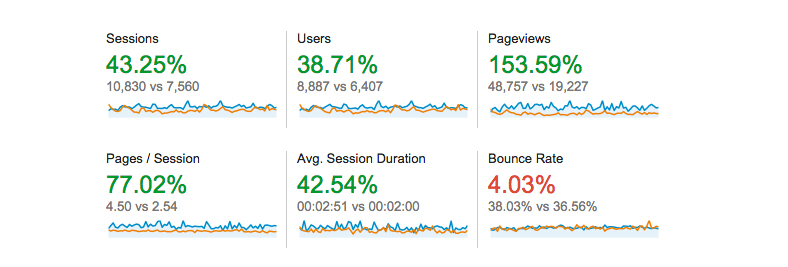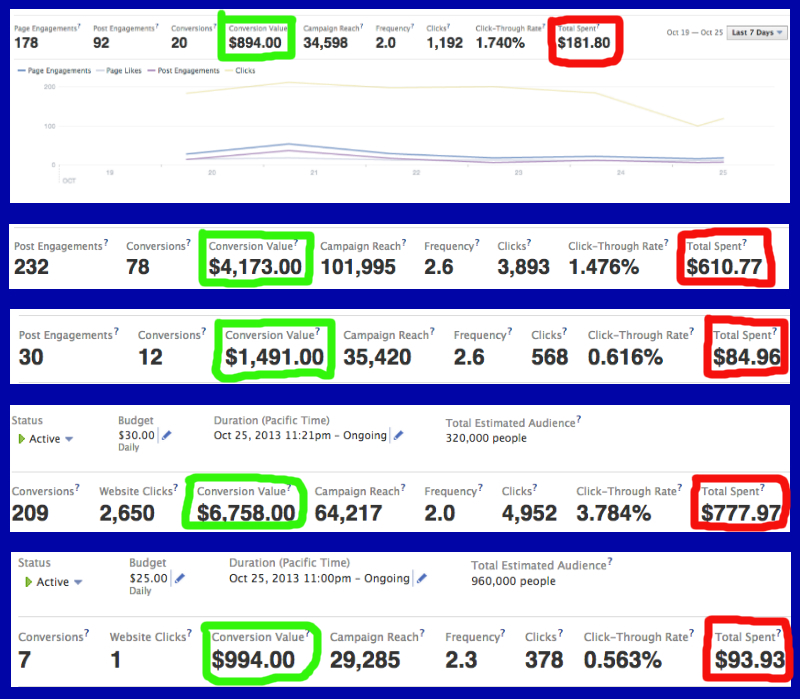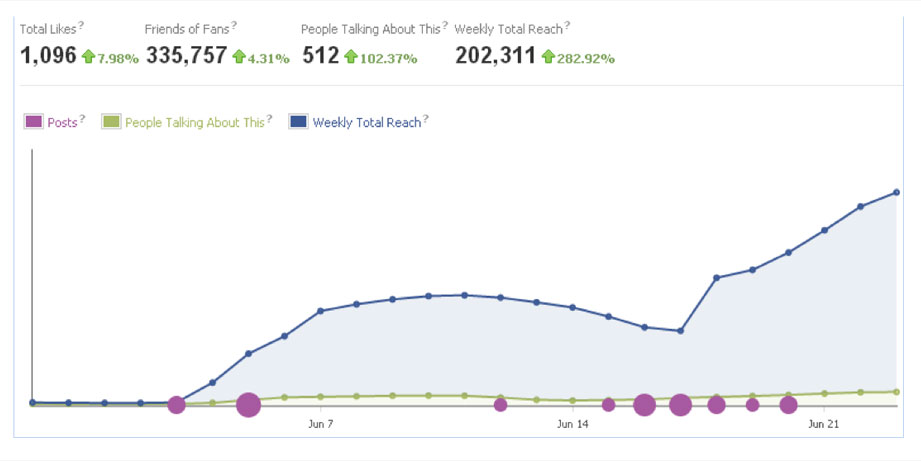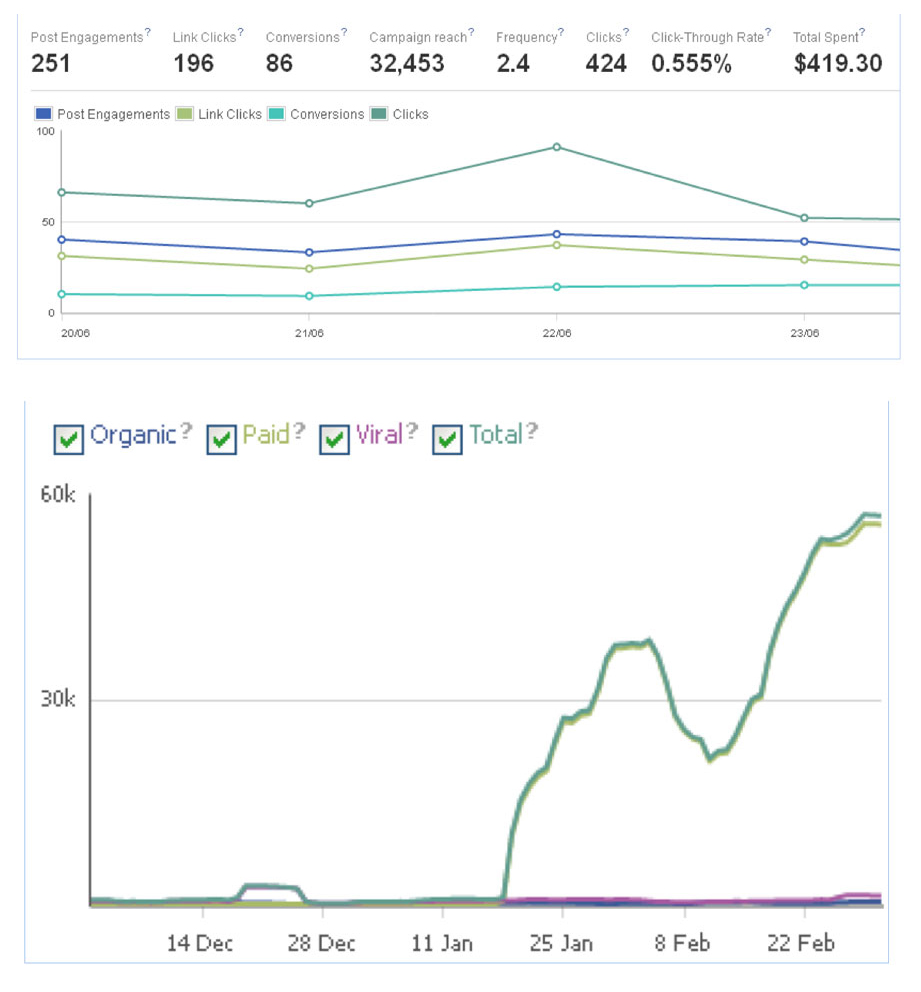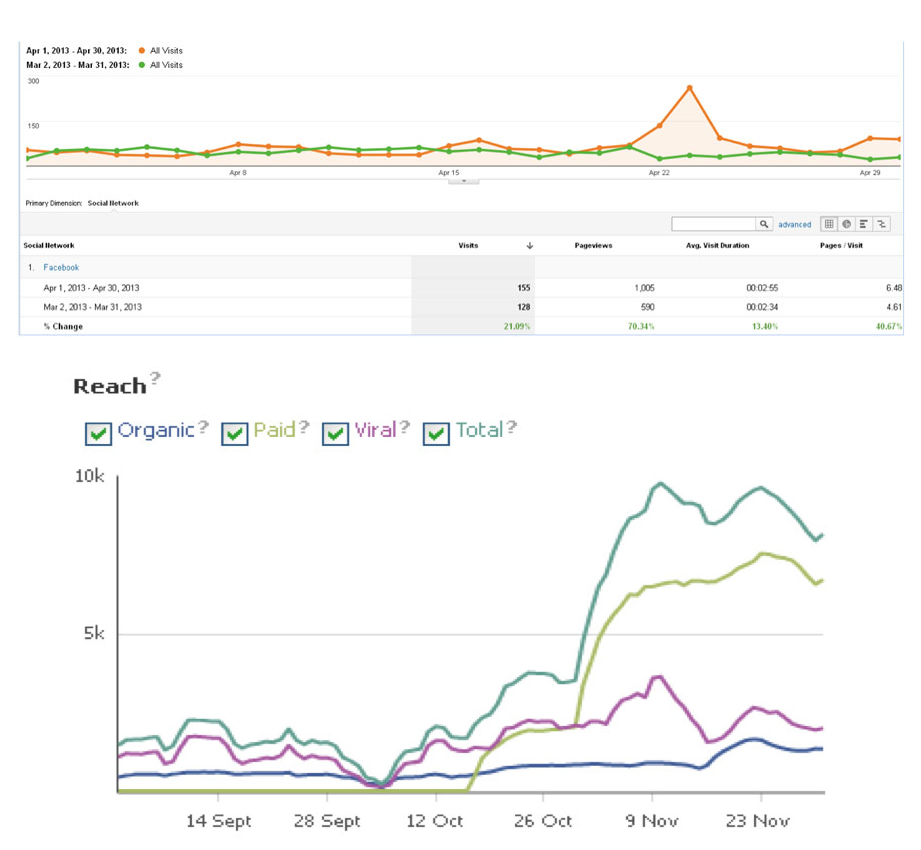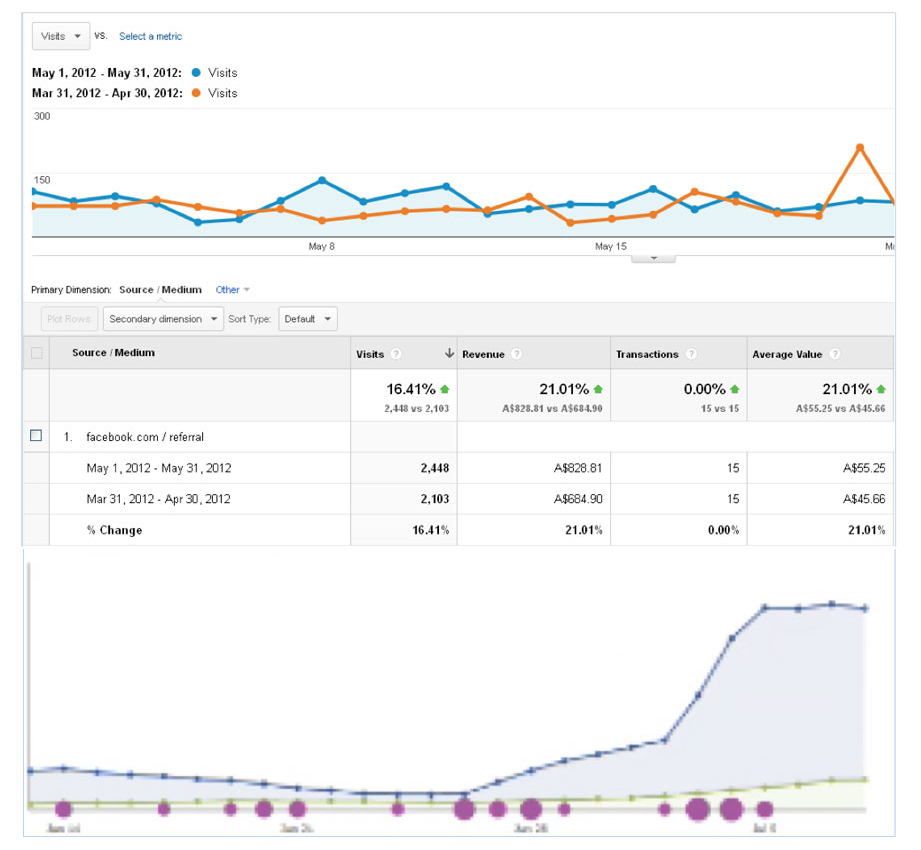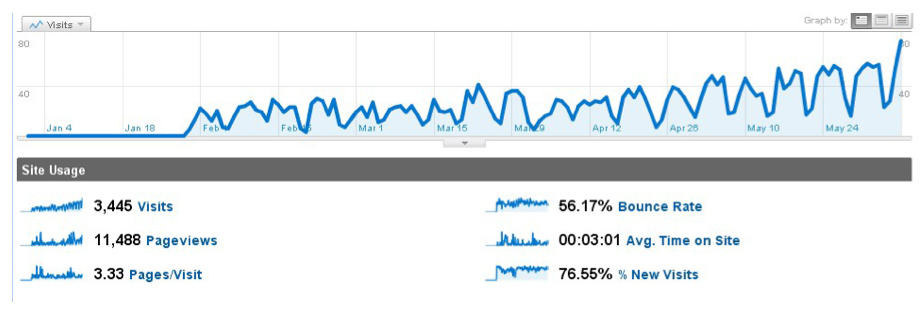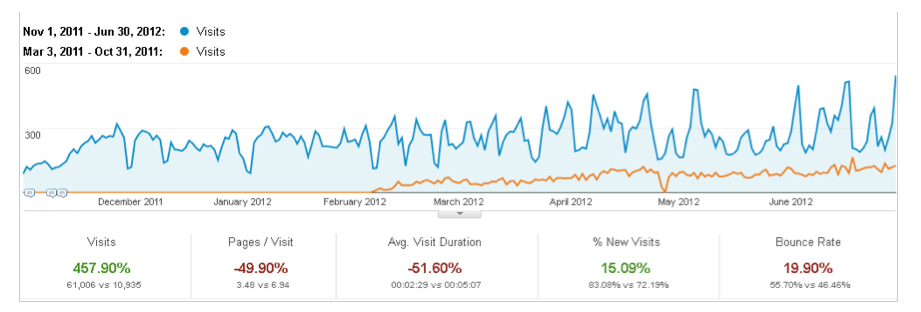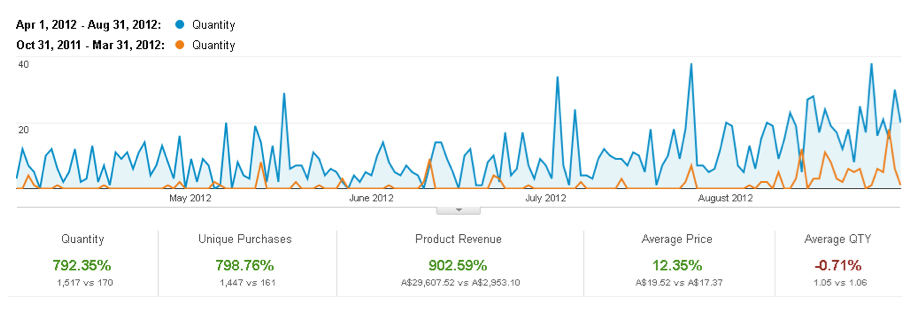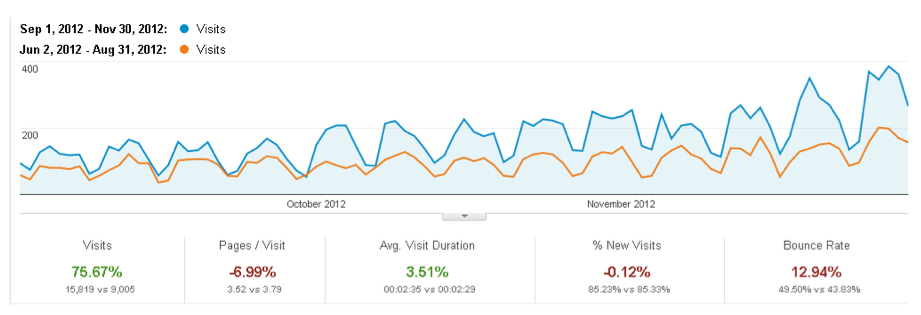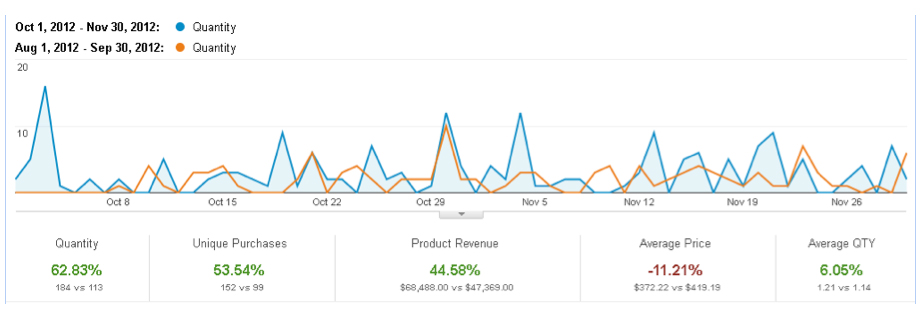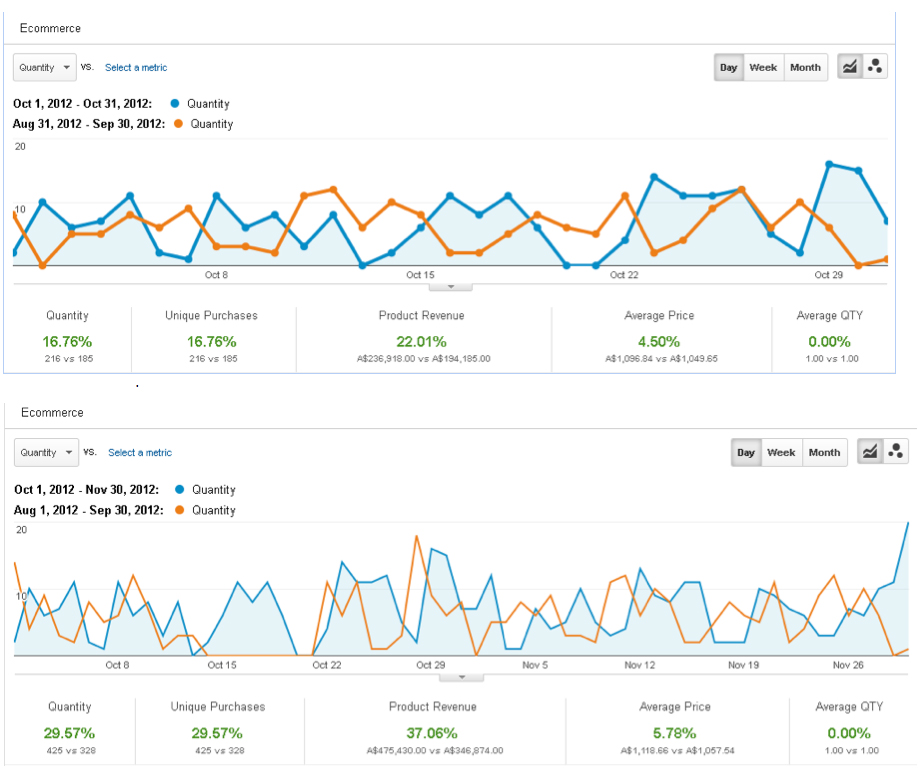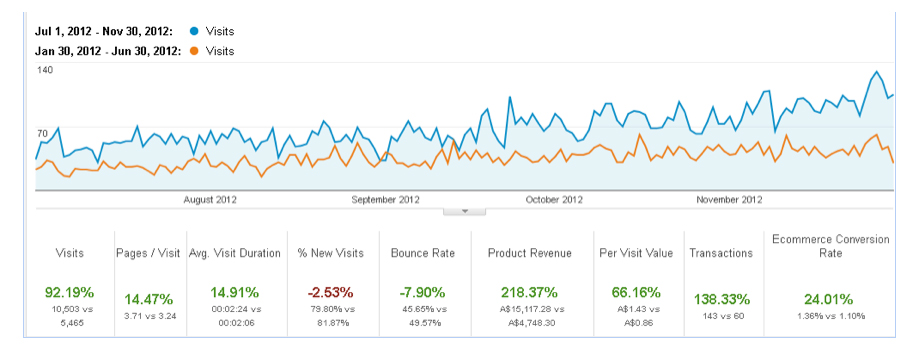The Video Marketing Strategy Business Owners and Professionals Can Follow to Become Micro-Celebrities in their Niche
In our previous blog post, “How Video Marketing Helps Create Authority Positioning by Attracting Attention, Engaging Audiences and Building Trust”, we explained the importance of video marketing in creating an authority position.
That being said, there are 60 hours of video being uploaded every minute on YouTube, and over 4 billion videos are watched every day. According to recode, 100M hours of Facebook videos are watched every day.
The question is how do you get your videos seen, and what’s the best way to get started with video marketing to increase your personal brand visibility?
It’s quite common among business owners and professionals to upload a few videos on YouTube or Facebook and when they don’t get many comments or likes, they give up, believing that video marketing doesn’t work.
The truth is that they don’t have a winning video marketing strategy.
In this post, we reveal how to develop a video marketing strategy which will eliminate the guesswork and uncertainty involved in using videos to gain visibility and be seen as an authority in your niche.
- Set Your Objectives
Before creating your videos, determine exactly who your target audience is and what purpose your video is meant to serve. A good starting point is to take a look at the videos of celebrities in your area of specialisation.
Here are examples of objectives you may wish to consider:
- Demonstrate your knowledge to position yourself as an expert
- Encourage website visitors to subscribe to your newsletters
- Use videos to sell your products and programs
- Expand your reach by advertising on Facebook or YouTube
- Establish social proof using video testimonials
- Train your customers on a particular skill
- Explain complex procedures
- Provide answers to frequently asked questions to minimise support requests
Most importantly, even if the content helps you position yourself as an authority, you must create content that is of value to your audience. Always keep in mind why they would want to watch your video and what do they get out of it?
- Allocate a Budget
Let’s face it. Budgets are tight and everyone wants to get the most value for the least investment. Fortunately, you don’t need the budgets of large organisations, fit out a studio, or recruit a dedicated team of video specialists.
Ideally, you will need to create sufficient videos which appeal to prospects and customers at different stages of their customer journey and schedule a new video every few days or weeks.
With your objectives clear and your scripts written out, you can hire a professional video marketing service agency for a few days to shoot and edit your videos. This way you don’t have to buy an expensive video camera or set up a studio with the right lighting and other equipment needed for creating professional quality videos.
- Creating Compelling Content
A common mistake business owners and professionals make is trying to cram too much into a single video. Make sure that every video that you produce has one clear message.
People have limited attention spans, and will exit your video at the slightest hint of confusion, overwhelm or boredom.
For example, you may have seen a typical corporate video which pans across the company head office, shows photos of the products, awards they have won and has a few words from the CEO. It doesn’t tell you much and fails to evoke an emotional response in those who watch the video.
When creating a script for your video, ensure there’s a clear message that will resonate with your audience. For instance, a business coach could address the subject of procrastination: Why is this a problem and what are the three steps you can take to overcome it?
A short five-minute video can easily cover this topic and provide specific takeaways your audience can implement. This is what positions you as the expert and gives you a competitive edge.
- Decide on the Type of Videos to Include in the Mix
It’s now time to begin producing your videos. Using just one type of video becomes monotonous and your audience can quickly get bored. It’s important to use different types of videos to keep them engaged.
Here are a few types of marketing videos you can start with to gain visibility:
Intro Videos: People do business with those whom they know, like and trust. These type of videos are great icebreakers, where you can quickly introduce yourself, tell your story and present a strong reason why your viewers should listen to you.
Content Videos: Every one of us has their own preference for consuming content. Some like to read and others like to listen and now more people prefer to watch videos. Video combines the power of visual and auditory senses. Using the right tonality, content can be delivered a lot more effectively and in less time than it takes to read text on a web page.
If you already have several blog posts, you can easily repurpose these into content videos and spread your reach to a wider audience who prefer watching videos over reading text.
Explainer Videos: These type of videos are normally slide shows or animated videos which explain step-by-step how to solve a problem or perform a task. Aside from showing your target audience how to overcome a problem they are facing, by demonstrating your expertise, you gain credibility and a loyal fan base.
Video Interviews: Have you ever been interviewed by an expert or celebrity? Celebrity endorsement can shave years off building your credibility as an expert in your niche. Earlier the only way to gain some prominence in this way was by being interviewed on television or on radio.
If you can find a well-known celebrity, even someone in your local area who is willing to interview you, record the interview and share it on social media or on your website to gain instant visibility and credibility. Encourage the celebrity who interviewed you to email the video link to his or her contacts. This tactic will help you reach a wider audience you otherwise will have no access to.
Testimonial Videos and Case Studies: Many experts now use testimonials on their websites to demonstrate proof, however people often question their authenticity.
Video testimonials provide a high level of authenticity, and can be used to demonstrate results of your programs or services. For instance, a testimonial video on how a coaching or other program helped transform lives of individuals and business owners is a powerful proof element. The more specific the benefit, the more effective the testimonial.
It’s also important to focus on a different benefit in each of the video testimonials. For example one of the testimonials for a weight loss product could focus on the number of kilos lost, another could focus on the increase in confidence as a result of weight loss, and a third could talk about improved relationships.
Facebook and YouTube Advertising Videos: If you are advertising on Facebook or YouTube, right now video ads allow you to reach your target audience at a very low cost. While this could change in the near future, it’s best to make use of the opportunity while it’s available.
- Deciding on the Length of Your Video
Research from visiblemeasures, suggests that 20% of viewers abandon watching a video in the first 10 seconds if it does not grab their attention. Research also suggests that the longer a video, the less likely it will be consumed fully.
Keep videos, short and sharp, generally between two to five minutes. This will give your target audience a single takeaway they can implement immediately and also leave them craving for more.
- Include a Call-to-Action
Every video which you produce should have a call-to-action, so your audience knows exactly what to do once they’ve watched your video.
The call-to-action you decide on will depend on the objective you wish to achieve. For example, your call-to-action could be to “Call Us for a free quote”, “Download our Free Whitepaper to learn more” or even “Join our Facebook Group”.
- Optimisation & Marketing
Once your video is produced and published, you need to optimise it to maximise its reach. If you are using YouTube to showcase your videos, find out the right keywords and tags to optimise each video.
Use the keywords in the title and description, so your audience finds them easily when they perform a search in YouTube’s search console.
- Measurement and Analysis
The only way to measure whether your videos are effective is to measure the level of engagement the intended audience has with them.
You will need to collect data on how the videos are being watched (desktop or smartphones), whether they are being watched until the end, where most people drop off watching and the number of repeats.
If you can track down individuals who have watched a sales video until the very end but did not take action, your sales team could then follow them up with a call to try and close them, instead of wasting time calling a lead who only watched the first 10 seconds of the video.
As you can see a successful video marketing strategy requires a lot of thought, but by trying different video formats, choosing the right channels, optimising the videos and measuring their performance you can quickly increase your visibility and be seen as an expert in your area of specialisation.
If you’re looking for help and guidance in leveraging the power of video to position yourself as an industry expert so your prospects chase you, instead of the other way around, contact us on sam@thinkbigonline.com.au to explore the best way to get started.




